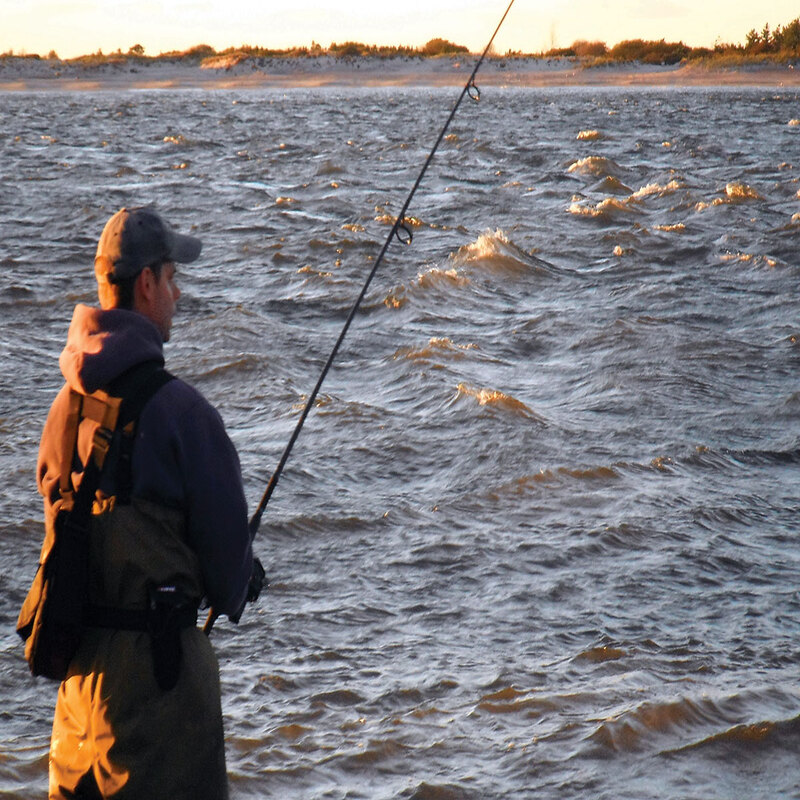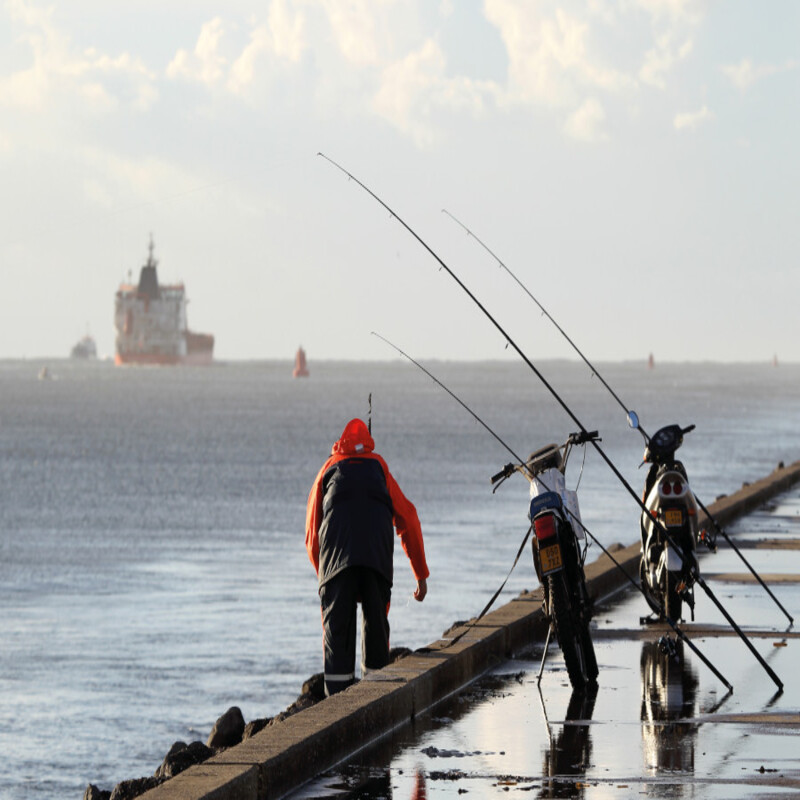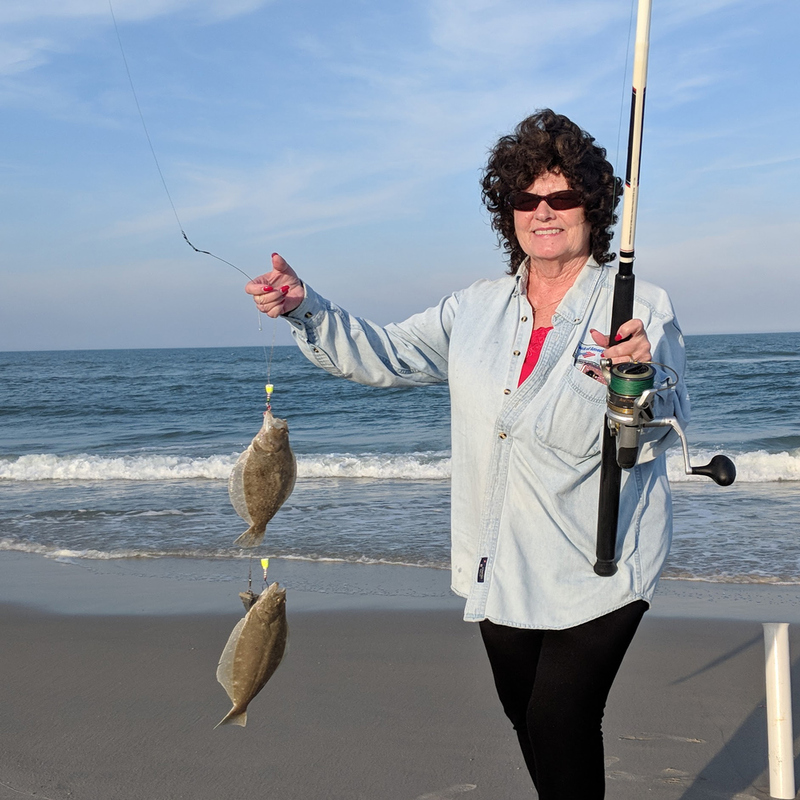Fishing enthusiasts often puzzle over the best tide for fishing. Understanding tidal movements can improve your chances of a successful outing. This article will delve into the dynamics of tides and their impact on fish behavior. Specifically, we’ll explore how to choose the optimal tide for fishing. We’ll also highlight other factors influencing your fishing endeavors.
The Science Behind Tides
Tides are the rise and fall of sea levels caused by gravitational forces. The moon and the sun play crucial roles here. These celestial bodies exert gravitational pulls on Earth’s oceans. The result is a fluctuation in sea levels that occur predictably over time. Understanding these natural phenomena is essential for any angler.
How Moon Phases Affect Tides
The moon significantly impacts tides. Full moons and new moons produce spring tides. These tides have extreme highs and lows, creating rapid water movement. First and third quarter moons result in neap tides. These tides have moderate highs and lows. Anglers need to be aware of these cycles to maximize their catch.
The Role of the Sun
Though the moon’s influence is stronger, the sun also plays a role. When the sun and moon align, gravitational forces combine. This alignment intensifies tidal movements, producing more extreme spring tides. Conversely, when they are at right angles, the forces cancel each other out, leading to milder neap tides. Both scenarios influence fish behavior significantly.

Types of Tides
Understanding different types of tides helps anglers choose the most effective time to fish. There are essentially four types of tides: high tide, low tide, incoming tide, and outgoing tide. Each has its own benefits and drawbacks for fishing.
High Tide
High tide is when the water level reaches its peak. Fish often move closer to shore during this time. They follow the water into estuaries, lagoons, and other coastal features. This makes high tide a great time to fish from the shore. However, high tide can also disperse fish, making them harder to locate. Knowing the area and the species you target is crucial for high tide fishing.
Low Tide
Low tide occurs when the water level is at its minimum. Fish usually retreat to deeper waters, making shoreline fishing less effective. However, low tide exposes underwater features like rocks and reefs that attract fish. Understanding these features can turn low tide into an opportunity. Again, local knowledge of the area you’re fishing in can help you make the most of low tide.
Incoming Tide (Flood Tide)
An incoming tide, or flood tide, means water levels are rising. Fish often move with the tide, searching for food. This makes it an excellent period for fishing. Fish are more active and are likely to bite your bait. Anglers often find success during this time, particularly inshore and near estuaries. Pay attention to the initial stages of the incoming tide, as this is when fish are most active.
Outgoing Tide (Ebb Tide)
Outgoing tide or ebb tide involves water levels decreasing. Fish may still be active, but they often return to deeper areas during this tide. However, outgoing tides can help concentrate fish in certain spots. This makes catching them easier. Channels, river mouths, and other gaps can be especially productive during this tide.
Location-Specific Considerations
Different locations have unique tidal behaviors. Coastal regions, estuaries, rivers, and lakes all react differently. Understanding these nuances can greatly improve your fishing success. Additionally, factors like salinity and temperature often change with the tide. These changes can also influence fish behavior.
Coastal Region
In coastal regions, tides significantly influence fish movement. Fish often navigate using tidal flows to find food and avoid predators. High and incoming tides often bring fish closer to shore. Knowing the topography can make or break your fishing expedition. Therefore, scouting is crucial. Look for features like sandbars, rocks, and mangroves. These often attract fish and can be ideal spots during varying tidal phases.
Estuaries and River Mouths
Estuaries and river mouths act as feeding grounds for many fish species. Tidal movements here bring nutrients that attract fish. Incoming tides often bring fish into these areas. Outgoing tides can create concentrated fish populations. The salinity levels also fluctuate. It’s essential to consider these changes when planning your fishing trip. The ability to adapt to these unique conditions can greatly enhance your success.

Additional Factors Influencing Fishing Success
While tide plays a significant role, other factors matter too. Wind conditions, moon phases, water temperature, and barometric pressure can influence your fishing success. Ignoring these elements can lead to missed opportunities. It’s important to consider them in conjunction with tidal movements for a holistic approach.
Wind Conditions
Wind can either improve or hinder your fishing experience. Gentle winds help to stir the surface, making fish less cautious. This can be beneficial for surface fishing. Strong winds, however, can churn waters too much, dispersing fish and making fishing challenging. Understanding wind patterns in relation to tides can help you choose the best time and place for fishing. Always factor in wind direction and speed before heading out.
Moon Phases and Feeding Times
The moon not only affects tides but also fish feeding cycles. Fish tend to feed more during full or new moons. These periods, known as “solunar periods,” often correspond with increased tidal activity. Using a solunar calendar can assist in planning your fishing trip. Aligning your fishing schedule with these feeding times can significantly increase your catch rate.
Practical Tips for Anglers
Now that we’ve explored the science behind tides and various influencing factors, let’s get practical. The following tips will help you make the most of your fishing trips. Whether you’re a beginner or an experienced angler, these insights are invaluable.
Research and Preparation
Preparation is key. Start by researching the area you plan to fish. Use online resources and local fishing reports to understand the tidal patterns. Make note of the features that attract fish. Equip yourself with the appropriate gear for the species you target. Remember to pack essentials like a tidal chart, bait, and emergency supplies.
Timing Your Fishing Trip
Timing is critical. The best time to fish is often two hours before and after high and low tides. These periods, known as “slack tides,” experience minimal water movement. Fish are more likely to be feeding actively. Align your fishing schedule with these periods for optimal results. Combine this with knowledge of moon phases for even better timing.

Conclusion: Mastering the Tides for Fishing Success
Understanding the intricacies of tidal movements can greatly enhance your fishing success. Different tides present unique opportunities and challenges, requiring anglers to be flexible and responsive. By mastering these skills, you can maximize your chances of a successful fishing outing.
Final Thoughts
Fishing is both an art and a science, and mastering tides is a key component. Each tidal condition presents its own set of opportunities and challenges. By understanding how to adapt your fishing strategy to these ever-changing conditions, you can increase your chances of success. Whether you’re a seasoned angler or a novice, understanding tides can make your fishing experience more rewarding.
Practical Advice
Use tidal charts and weather conditions to plan your fishing trips. Keep a journal to track what works best during different tides. This knowledge will improve your fishing strategies over time. Additionally, staying flexible and adapting to changing conditions can make all the difference in a successful fishing outing. Understanding and mastering tides can transform an average fishing trip into an extraordinary experience.
In conclusion, there is no one-size-fits-all answer to “what tide is best for fishing.” Each tide offers distinct advantages and challenges. Anglers who understand and adapt to these conditions will find the most success. By mastering the art of fishing with the tides, you can significantly improve your fishing outcomes. Happy fishing!
